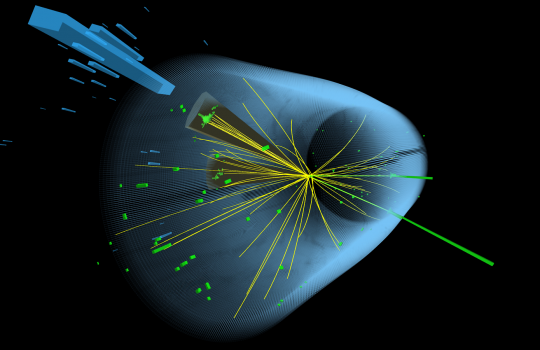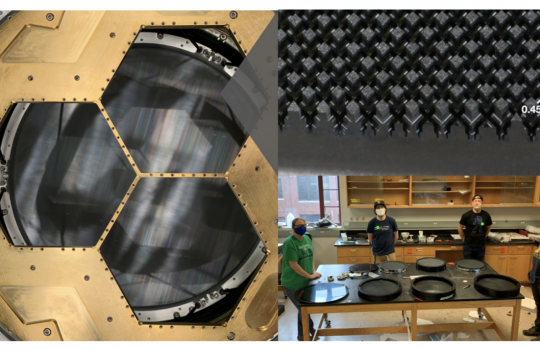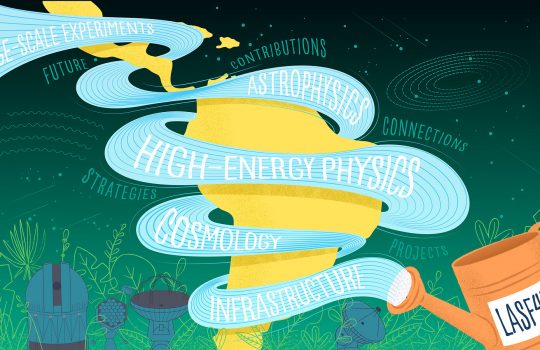Searching for Higgs boson twins
- ATLAS
- Caltech
- CERN
- CMS
- cosmology
- Higgs boson
- High-Luminosity Large Hadron Collider
- HL-LHC
- Large Hadron Collider
- LHC
Higgs-boson pairs could help scientists understand the stability of our universe. The trick is finding them.



